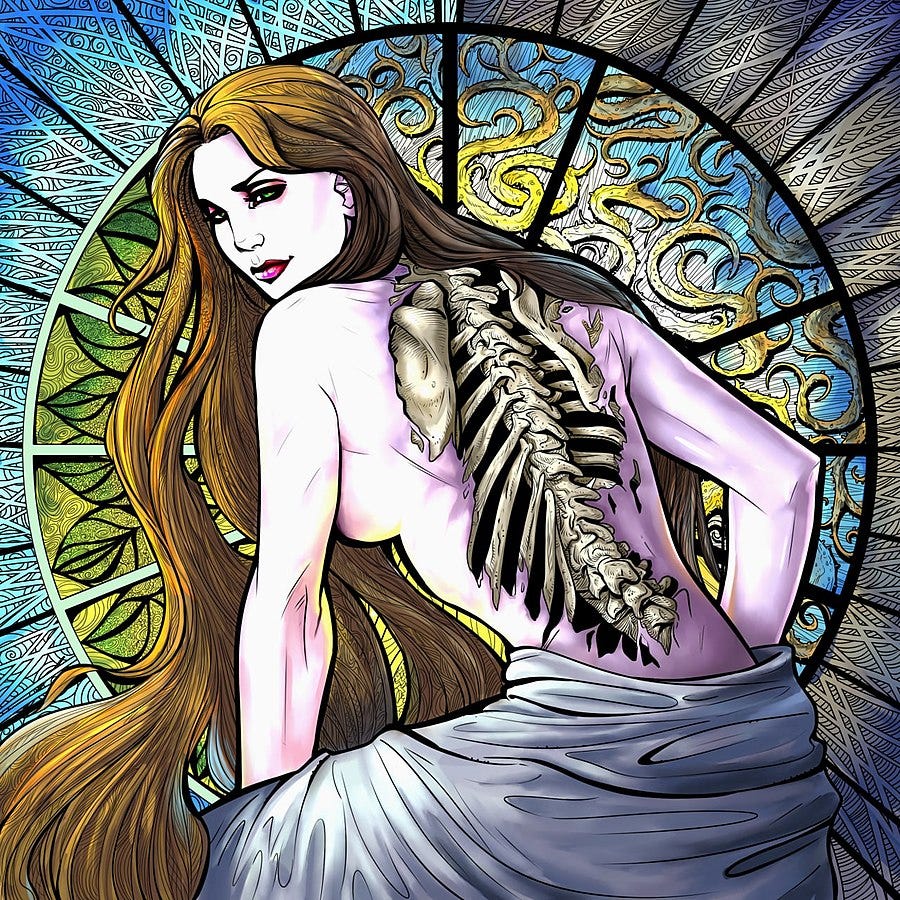Today’s focus is on Ukranian mythology. The creature of focus is called Mavka, but sometimes also called Nyavka. This creature appears as a beautiful girl with long hair. Sometimes she is naked in the depictions of her. Her reflection cannot be seen in the water and she has no shadow. On her back, it almost looks as if she had wings torn off of her as the flesh is torn away to reveal her skeleton. If anyone stood behind her, they could see the inside of Mavka’s body.
This commonly known tale merges among other Slavic mythologies. All of the tales tell that these dead creatures were the result of girls who died by drowning or who died before getting married.

Origins of the Name
Not exclusive to Ukraine, the name derives from all of the various Slavic languages an…



